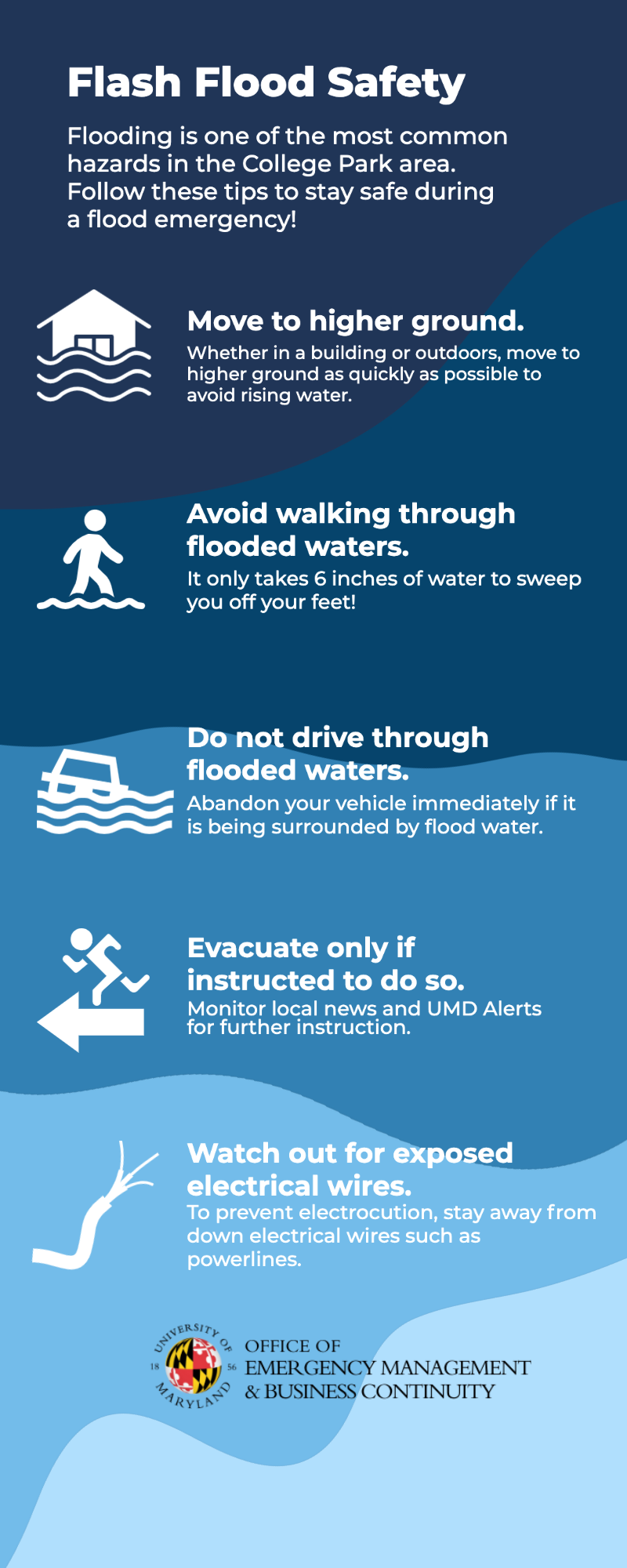What Constitutes A Flash Flood Emergency? A Detailed Explanation

Table of Contents
Defining a Flash Flood Emergency
Flash floods are rapid, unexpected, and often devastating floods. They are characterized by a sudden and significant rise in water levels in a very short period, typically less than six hours, sometimes even within minutes. This differentiates them from regular floods, which usually develop more slowly over days or weeks, giving more time for preparation and evacuation. The speed and short warning time associated with flash floods make them particularly dangerous, resulting in significant property damage, injuries, and, tragically, fatalities.
- Sudden rise in water levels in a short period: This rapid increase in water volume overwhelms drainage systems and can quickly inundate low-lying areas.
- Limited or no warning time: The sudden nature of flash floods often leaves little time to react, making immediate action essential.
- Rapid and forceful water current: Flash flood waters move with incredible force, capable of sweeping away vehicles, structures, and people.
- Potential for significant damage and loss of life: The sheer power of flash floods can cause extensive damage to property and infrastructure, leading to serious injuries and fatalities.
Key Indicators of an Impending Flash Flood Emergency
Several weather conditions and geographical factors can precede a flash flood emergency. Intense rainfall, especially from thunderstorms, is a major contributing factor. Prolonged or heavy rainfall saturates the ground, making it unable to absorb further water, leading to rapid runoff. Dam or levee failures can also trigger flash floods, releasing large volumes of water in a short time.
Geographically, mountainous areas and steep slopes are particularly vulnerable due to the rapid flow of water downhill. Urban areas with inadequate drainage systems are also at high risk because of the difficulty in quickly managing the increased water volume.
Official warnings and alerts are crucial. Pay close attention to flash flood warnings or watches issued by the National Weather Service (NWS) or your local emergency management agency. These alerts often precede a flash flood event, providing valuable time for preparation and evacuation.
- Heavy or persistent rainfall in a short period: This is the most common indicator of an impending flash flood.
- Flash flood warnings or watches issued by authorities: These alerts should be taken very seriously and acted upon immediately.
- Rapidly rising water levels in streams, rivers, or drainage systems: Observe any unusual increase in water levels, even a seemingly small rise can be a warning sign.
- Sudden increase in water flow: Noticeably faster-moving water in streams or rivers suggests increased water volume.
- Unusual water sounds (rushing water, roaring): These sounds can indicate a significant increase in water flow, even before you visually see the rising water.
Recognizing the Dangers of a Flash Flood Emergency
Flash floods present numerous hazards. The most immediate danger is drowning, as powerful currents can sweep people away. Injuries from debris carried by the floodwaters – trees, cars, and other objects – are also common. Electrocution is a significant risk due to downed power lines and submerged electrical equipment. Hypothermia can also occur after prolonged exposure to cold floodwater.
Driving during a flash flood is extremely dangerous. Roads may be closed, vehicles can become submerged, and bridges may be washed away. Never attempt to drive through flooded areas – even shallow water can hide unseen hazards like washed-out roads or deep potholes.
Vulnerable populations, such as the elderly, children, and people with disabilities, are at increased risk during flash floods due to their limited mobility and potential difficulties in evacuating quickly.
- Strong currents capable of sweeping away vehicles and people: These currents are far more powerful than they initially appear.
- Debris carried by floodwaters – trees, cars, and other objects: This debris can cause serious injuries or fatalities.
- Contaminated water posing health risks: Floodwaters often contain sewage, chemicals, and other pollutants.
- Structural damage to buildings and infrastructure: The force of the water can cause significant damage to homes and other buildings.
Emergency Preparedness and Response for Flash Floods
Having a well-defined emergency plan is crucial for surviving a flash flood. This plan should include communication strategies, evacuation routes, and a pre-packed emergency kit. The kit should contain essential supplies such as water, non-perishable food, flashlights, batteries, first-aid supplies, and medications.
Upon receiving a flash flood warning, immediate action is paramount. Evacuate immediately to higher ground. Never attempt to drive through flooded areas. If trapped, seek refuge on the roof of your vehicle or a higher level in your home.
After the floodwaters recede, exercise caution. Check your home for structural damage before re-entering. Avoid contact with floodwater, as it may be contaminated. Report any damage to your local authorities.
- Develop a family emergency communication plan: Ensure everyone knows how to contact each other and a designated meeting place.
- Prepare an emergency kit with essential supplies: Having a kit ready will significantly reduce stress during the emergency.
- Know your evacuation routes: Identify multiple escape routes in case one is blocked.
- Monitor weather reports and heed official warnings: Stay informed about potential flash flood risks.
- Never attempt to drive through flooded areas: This is one of the most common causes of flash flood fatalities.
Conclusion
Understanding what constitutes a flash flood emergency is vital for protecting yourself and your community. By recognizing the key indicators, understanding the associated dangers, and implementing appropriate preparedness measures, you can significantly reduce your risk during these devastating events. Stay informed about weather conditions, heed official flash flood warnings, and always prioritize your safety. Remember, being prepared is the best defense against a flash flood emergency. Develop your flash flood emergency plan today and share this information with your family and neighbors.

Featured Posts
-
 Italian Open Semifinals Gauff Triumphs Over Zheng In Three Sets
May 25, 2025
Italian Open Semifinals Gauff Triumphs Over Zheng In Three Sets
May 25, 2025 -
 Yevrobachennya Scho Stalosya Z Peremozhtsyami Za Ostannye Desyatilittya
May 25, 2025
Yevrobachennya Scho Stalosya Z Peremozhtsyami Za Ostannye Desyatilittya
May 25, 2025 -
 Will Berkshire Hathaway Sell Apple Stock After Buffett Steps Down
May 25, 2025
Will Berkshire Hathaway Sell Apple Stock After Buffett Steps Down
May 25, 2025 -
 Nyt Mini Crossword Answers For April 18 2025 Your Guide To Completion
May 25, 2025
Nyt Mini Crossword Answers For April 18 2025 Your Guide To Completion
May 25, 2025 -
 Bundesliga Traum Die Geschichte Von Lars Fuchs Und Dem Fcm
May 25, 2025
Bundesliga Traum Die Geschichte Von Lars Fuchs Und Dem Fcm
May 25, 2025
